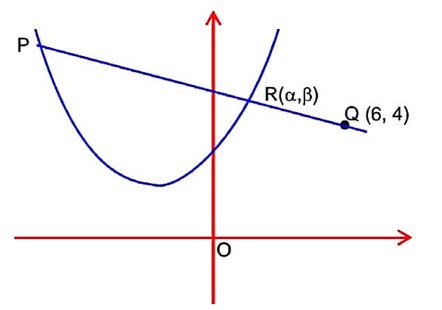Maths Applications of Derivatives
Get insights from 50 questions on Maths Applications of Derivatives, answered by students, alumni, and experts. You may also ask and answer any question you like about Maths Applications of Derivatives
Follow Ask QuestionQuestions
Discussions
Active Users
Followers
New answer posted
2 months agoContributor-Level 9
so f (x) is decreasing in
Tangent at y2 = 2x is y = mx + it is passing through (4, 3) therefore we get m =
So tangent may be passes through (-2, 0) so rejected.
Equation of normal
New answer posted
2 months agoContributor-Level 9
If f(x) has maximum value at x = 1 then
…….(i)
…….(ii)
From (i) and (ii) we get
New answer posted
2 months agoContributor-Level 10
OP2 = x2 = y2
y = ex, y' = ex,
slope of normal =
By hit and trial we get
New answer posted
2 months agoContributor-Level 9
Equation of tangent of at at is
It cuts y axis at
Also normal to at is
Cuts y axis at SO ATQ
New answer posted
2 months agoContributor-Level 10
f (x) = x? /20 - x? /12 + 5
f' (x) = x? /4 - x³/3 = x³ (x/4 - 1/3)
Local maxima at 0, Local minima at 4/3
f' (x) = x³ - x² = x² (x-1)
x = 1 point of inflection
Taking an Exam? Selecting a College?
Get authentic answers from experts, students and alumni that you won't find anywhere else
Sign Up on ShikshaOn Shiksha, get access to
- 65k Colleges
- 1.2k Exams
- 679k Reviews
- 1800k Answers

